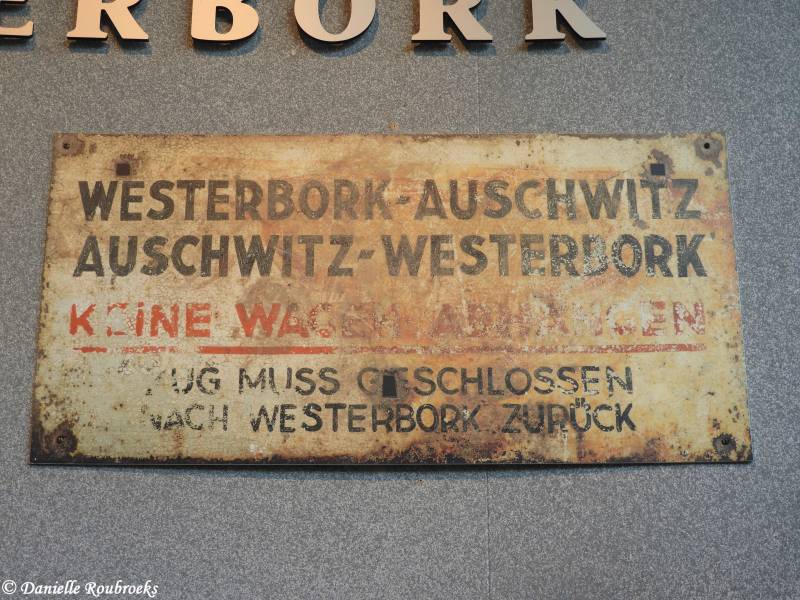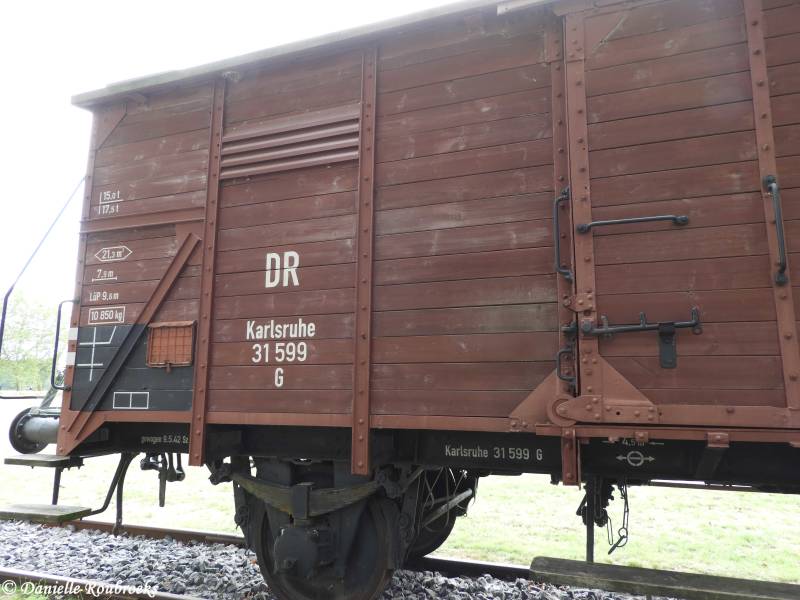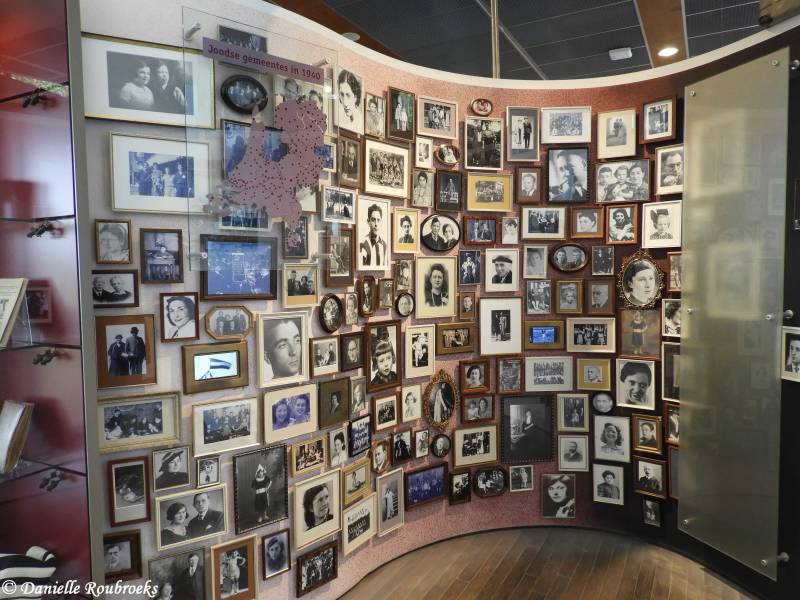National Memorial Kamp Westerbork
History
Camp Westerbork was known as ‘the foyer of Hell’ during the Second World War. It was a transit camp to concentration camps like Auschwitz and Sobibor. The camp was built in 1939, however, when it was first used as a refugee camp.
Durchgangslager
From 1 July 1942 onwards, the camp had become the Polizeiliches Judendurchgangslager Westerbork and was used as the point of departure for a total of 93 trains to Auschwitz, Sobibor, Theresienstadt and Bergen-Belsen.
The camp was supposed to function like a normal village as much as possible. A simulacrum. There were courses to follow and sports to play. Inhabitants could go shopping, too. Every camp had its own currency, which you could use in the Lagenwarenhaus and the Lagerkantine. There even was an exchange office, where you could exchange the last ‘regular’ money for the bills used in Camp Westerbork. And on Tuesday nights, there were revues, concerts and plays in the registration barrack.
Transports
From Camp Westerbork, 93 trains departed in the direction of the camps in Eastern Europe. On 15 and 16 July 1942, the first prisoners were deported to Auschwitz: 2,030 Jews, among which a few orphans.
During the first months, the train departed two times per week. In 1943, however, Tuesday became the day of transport. It was announced for every barrack who would be deported. If you heard your name, you knew what you had to do: take your possessions in the same suitcase, backpack or bag you had on you when arriving in Westerbork, and get on the train.
This lasted until 13 September 1944. On that day, the final train with 279 people left for Bergen-Belsen. The transport included 77 children taken from their hiding addresses.





